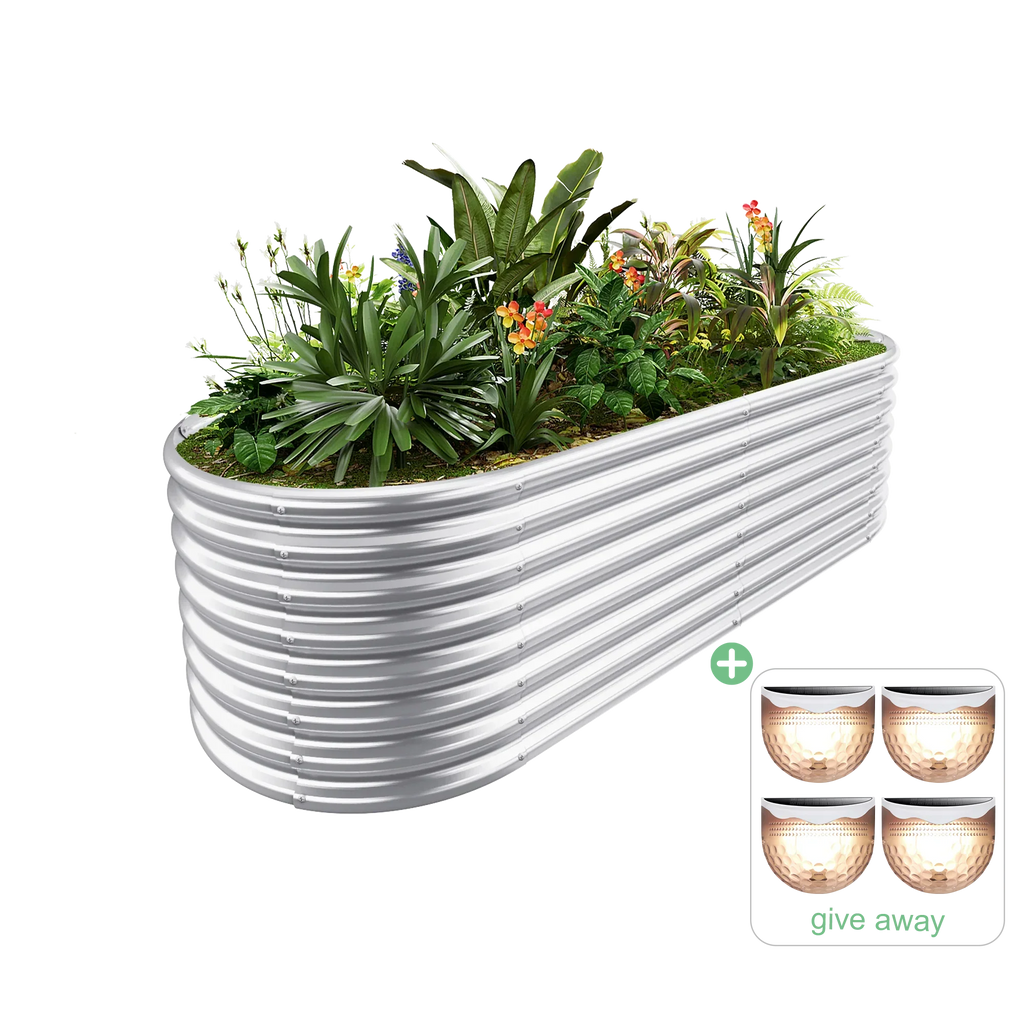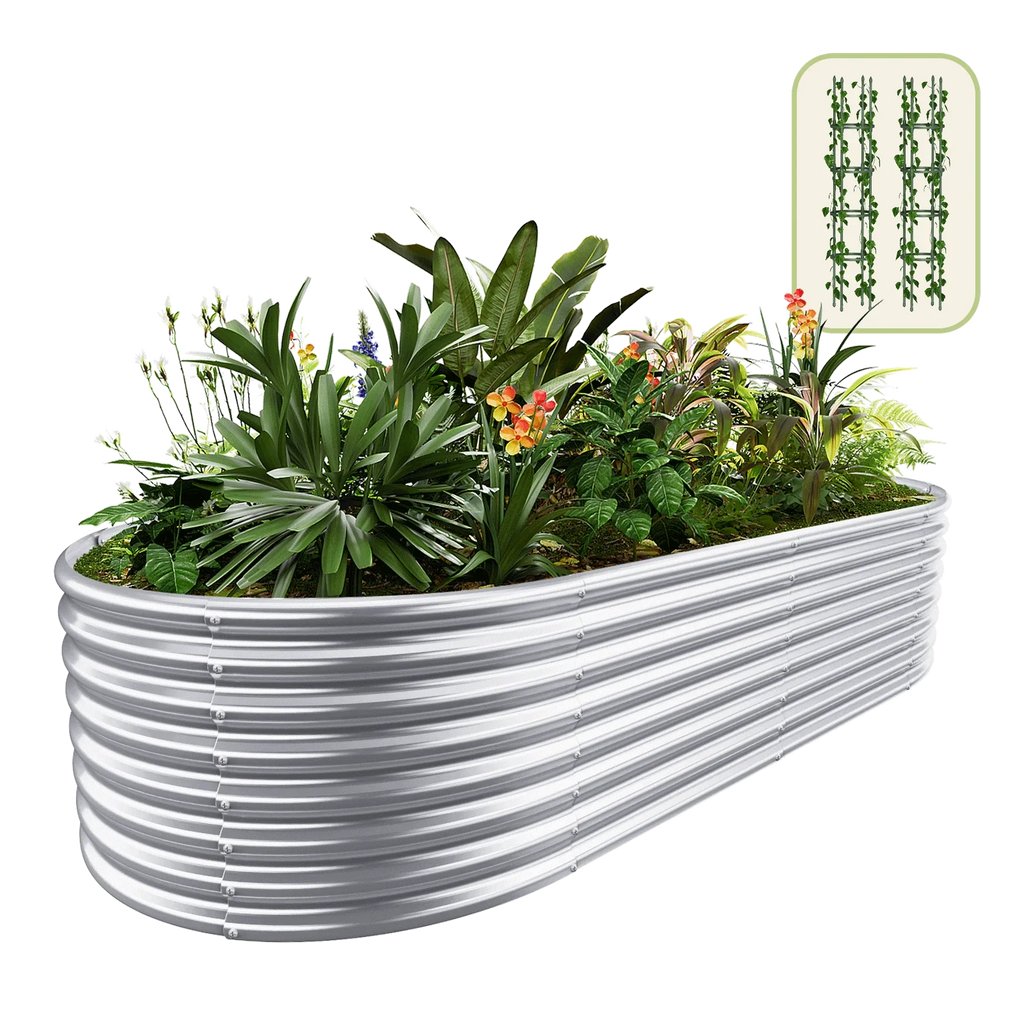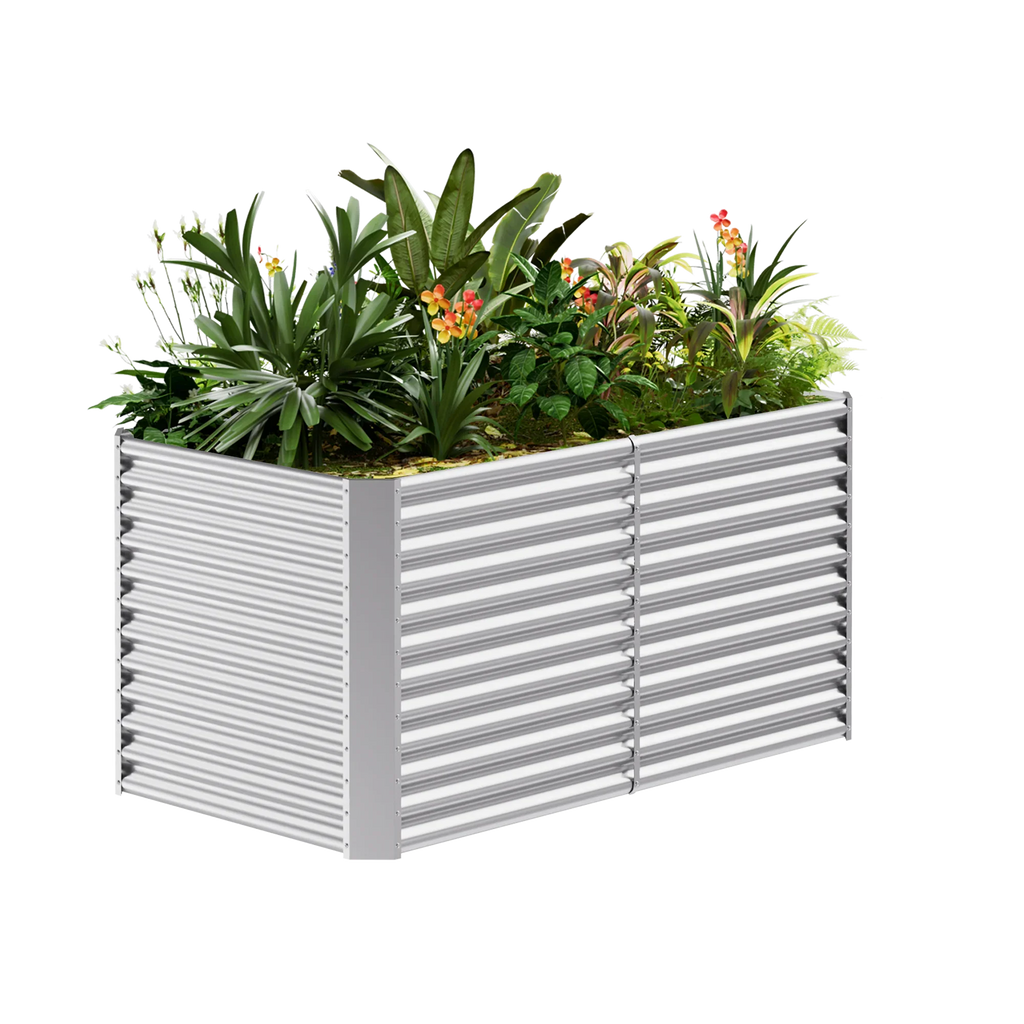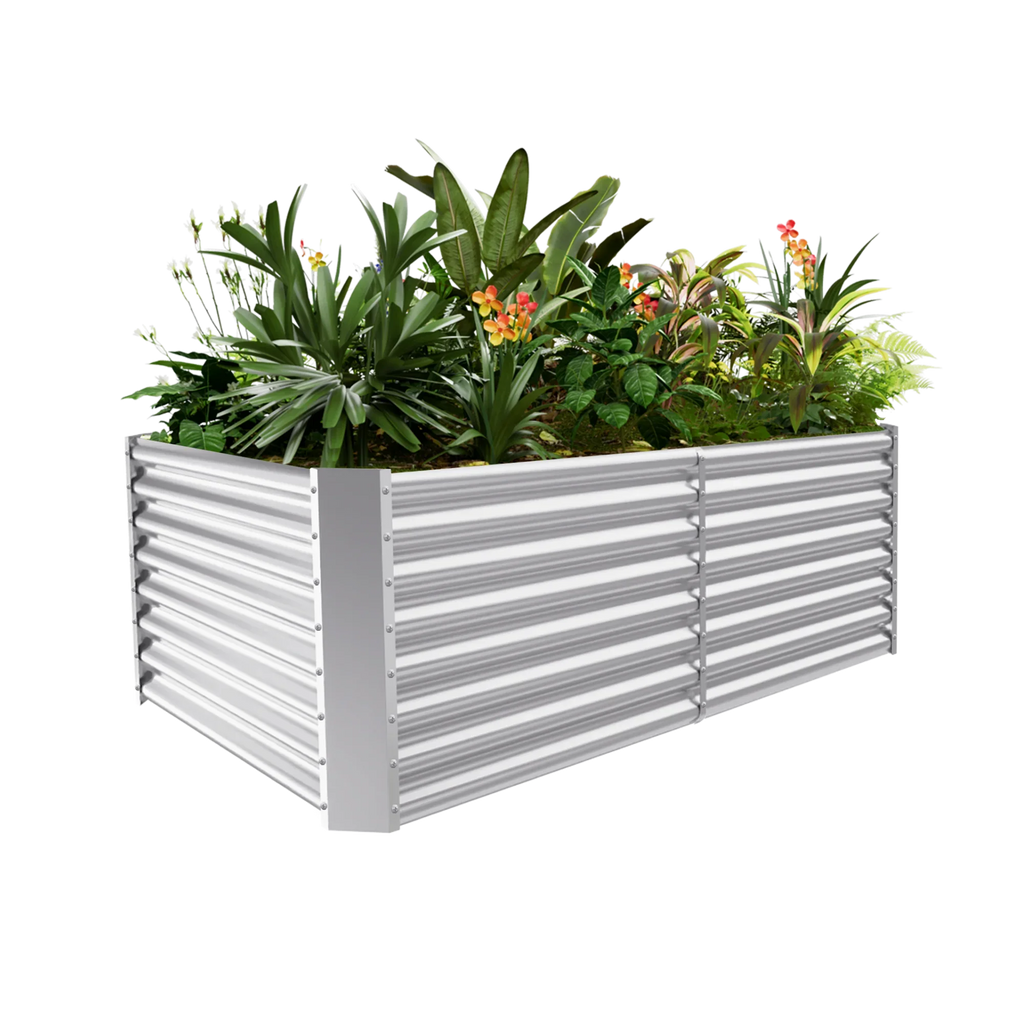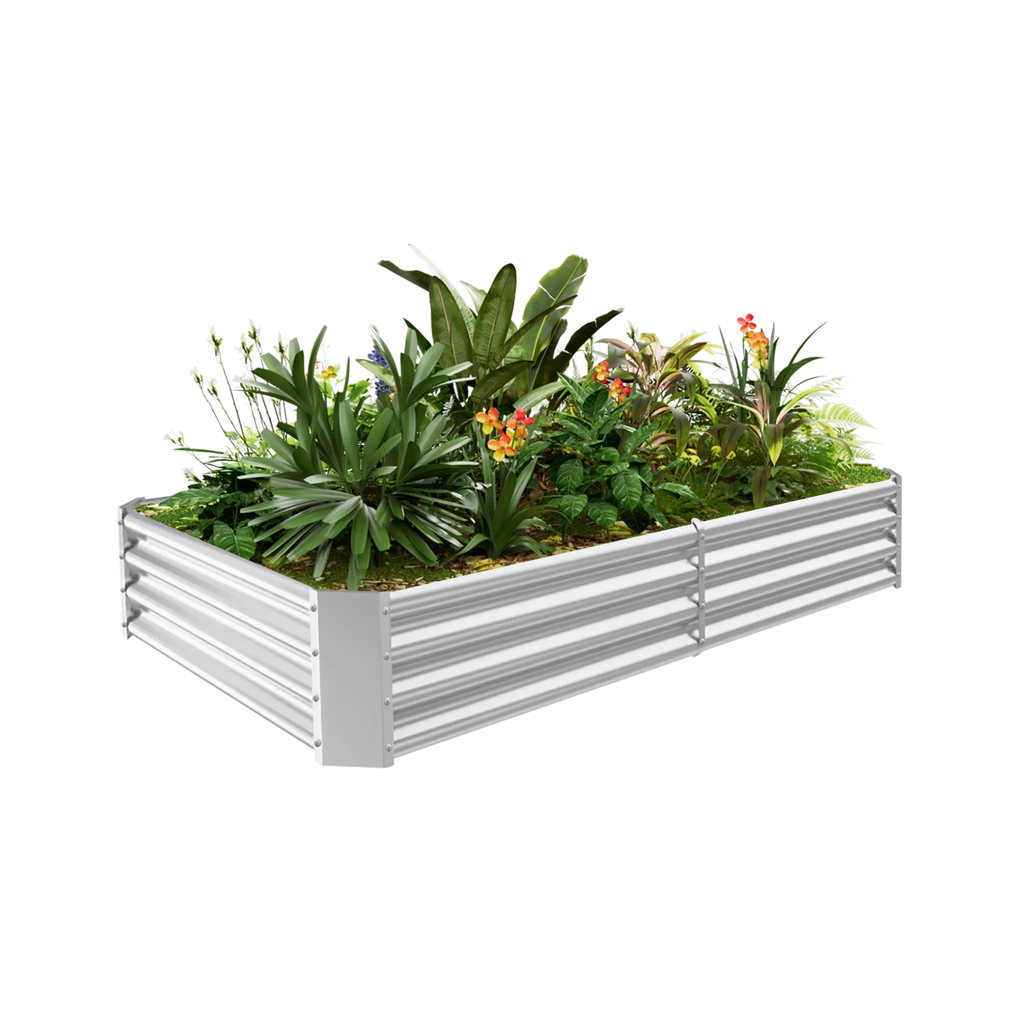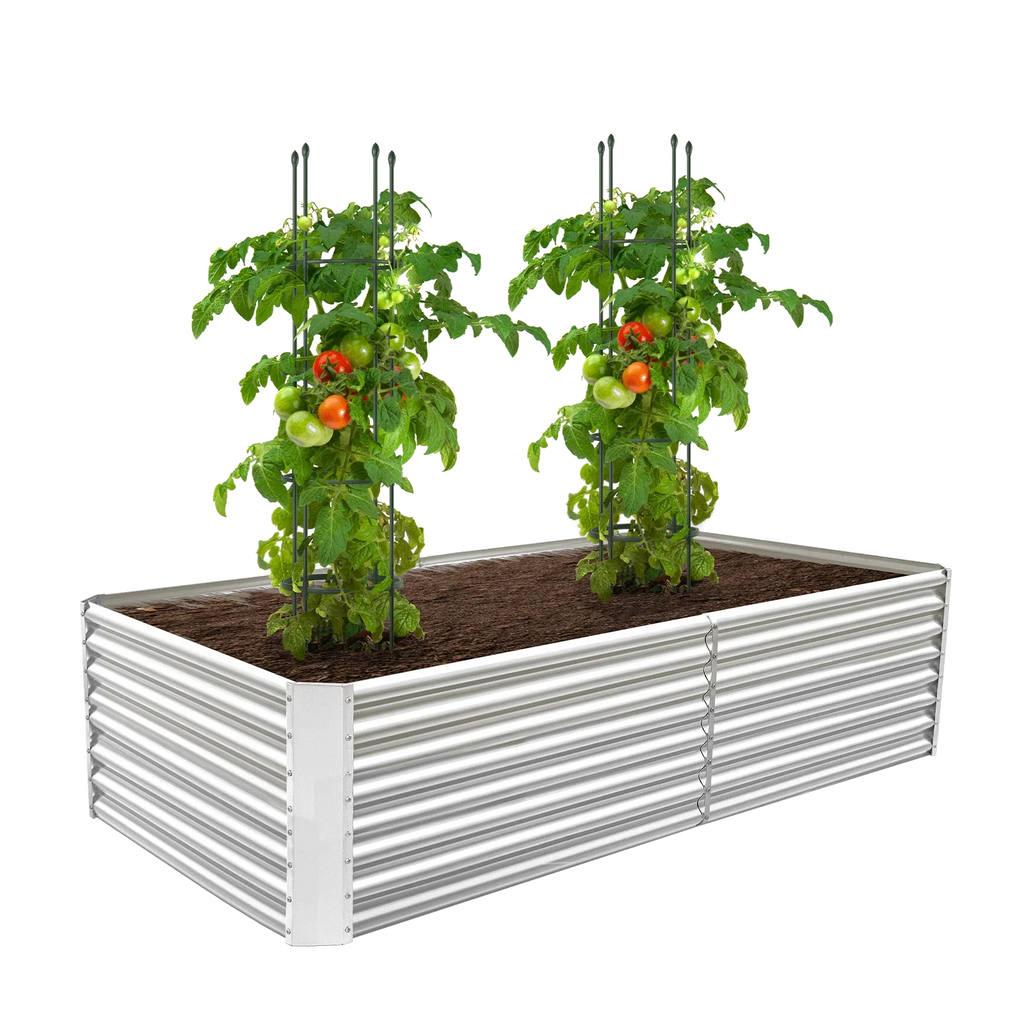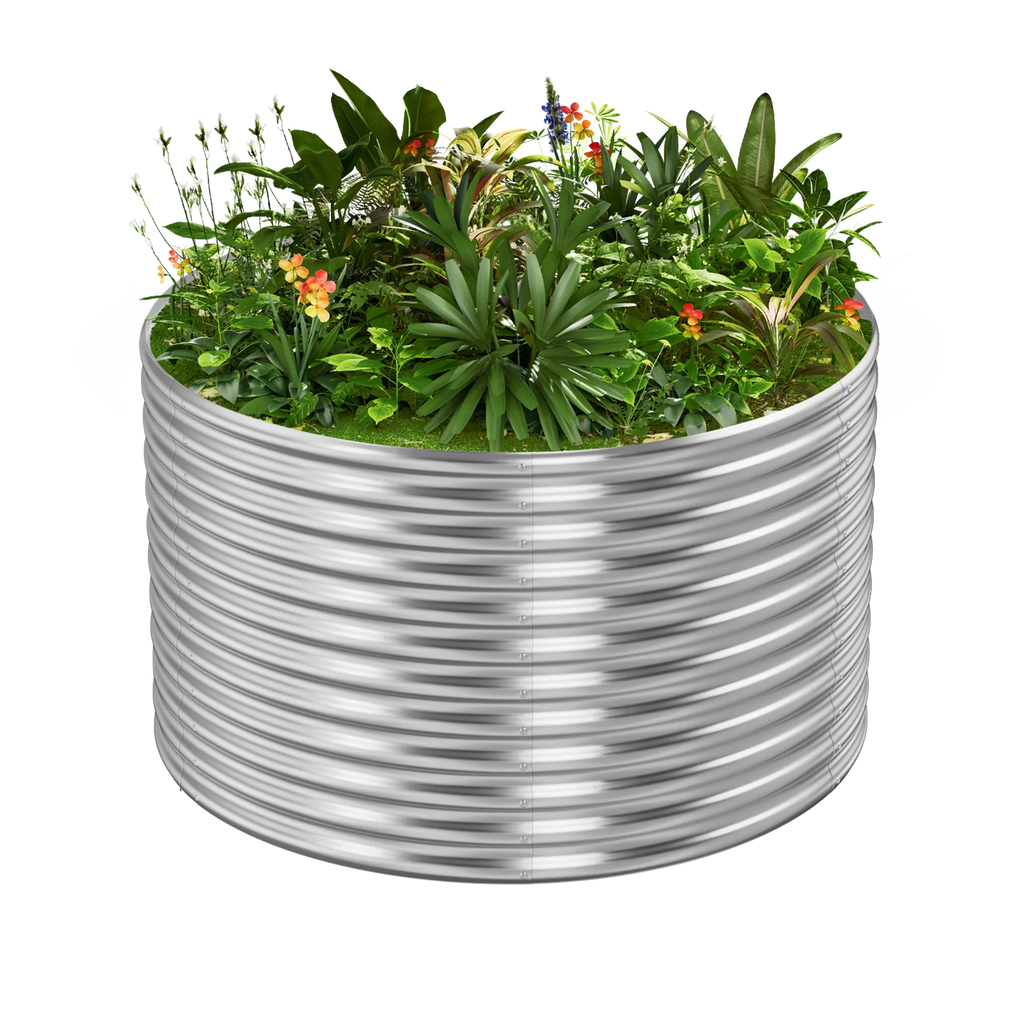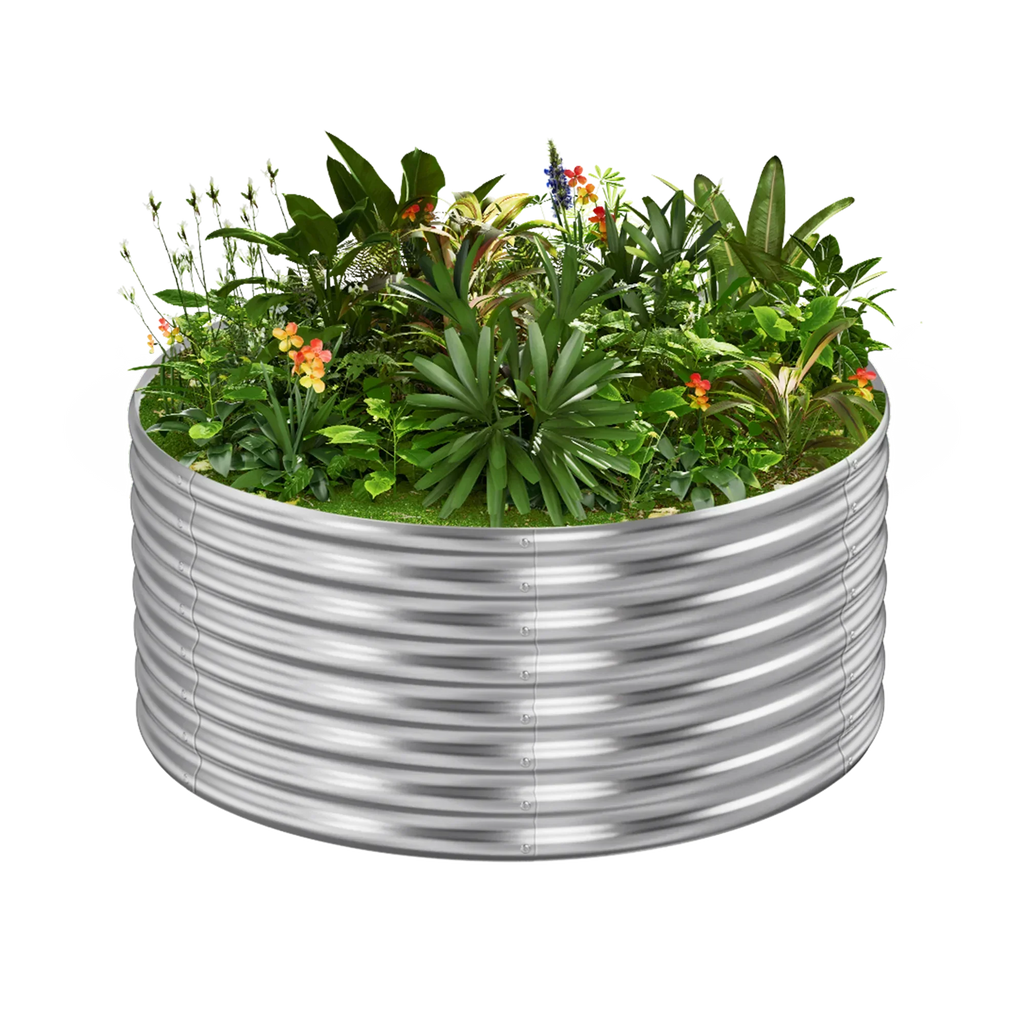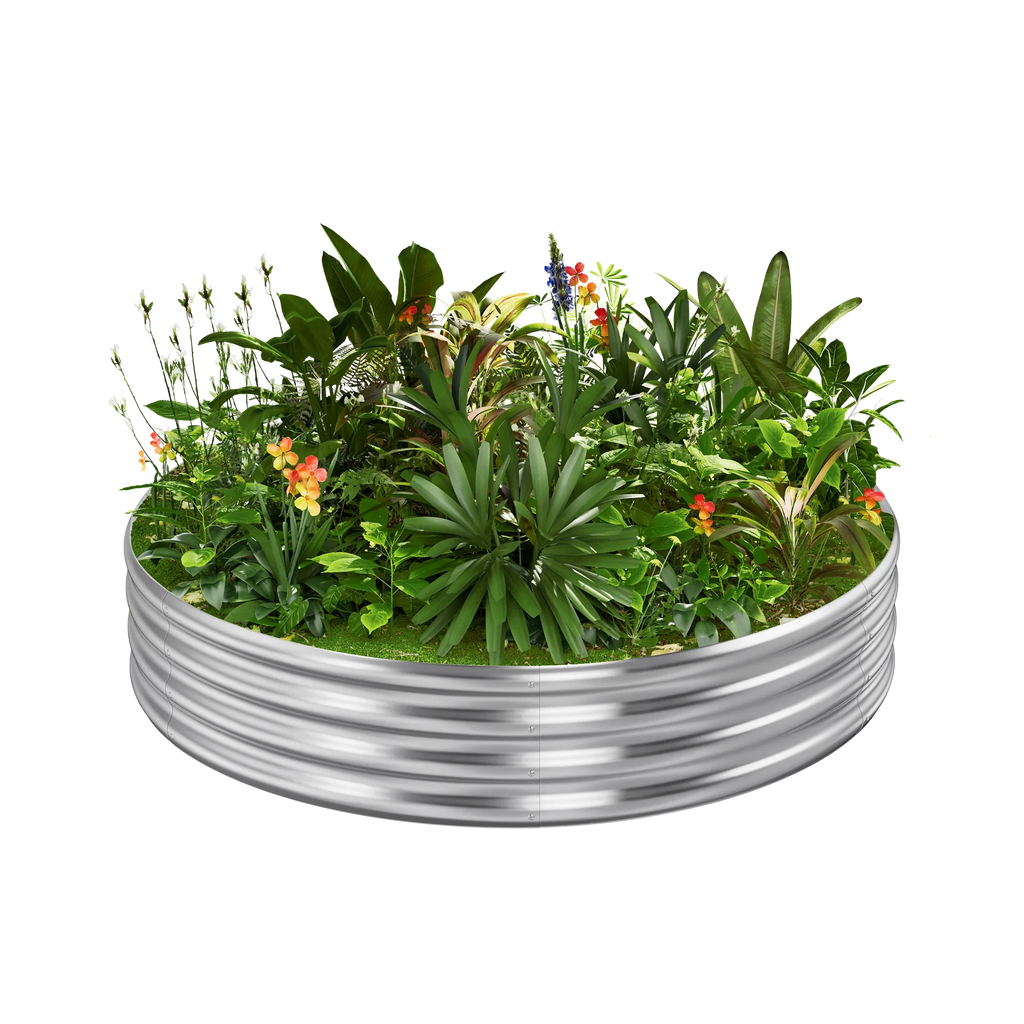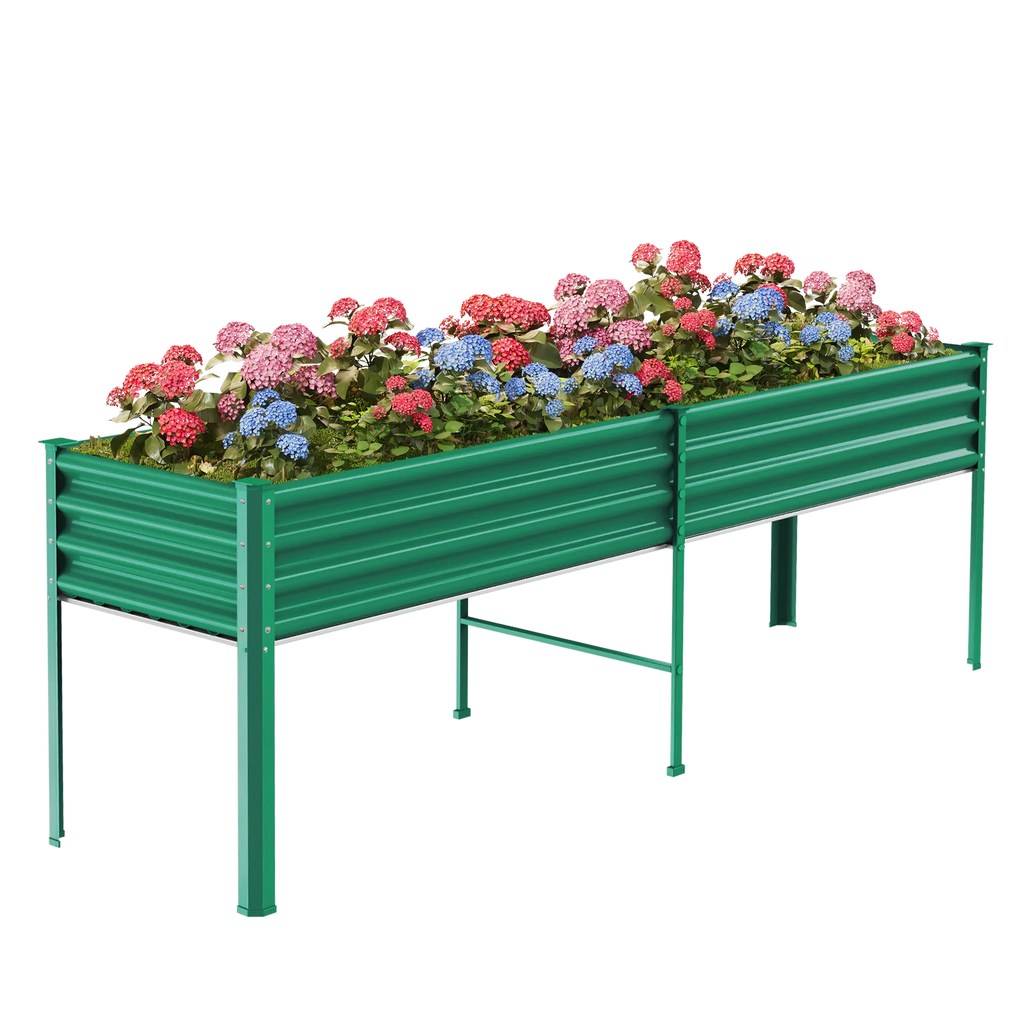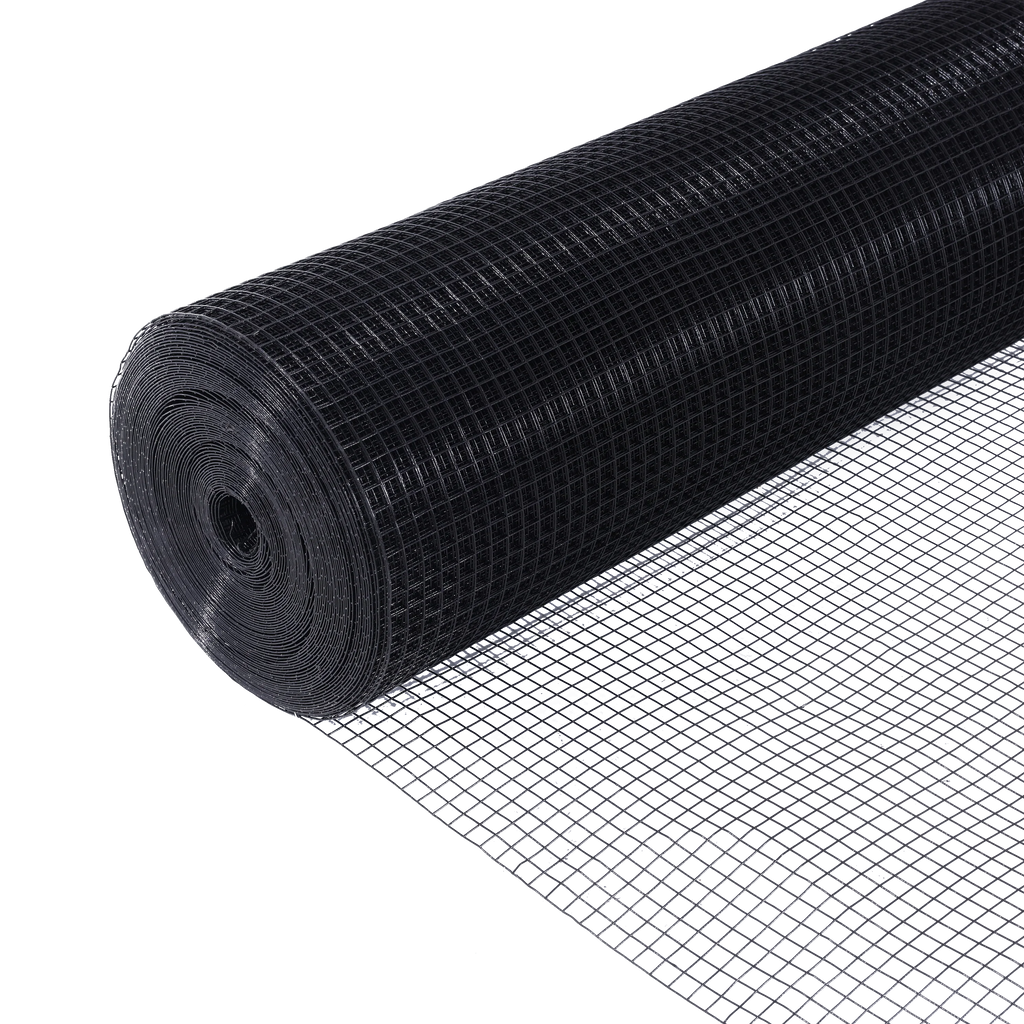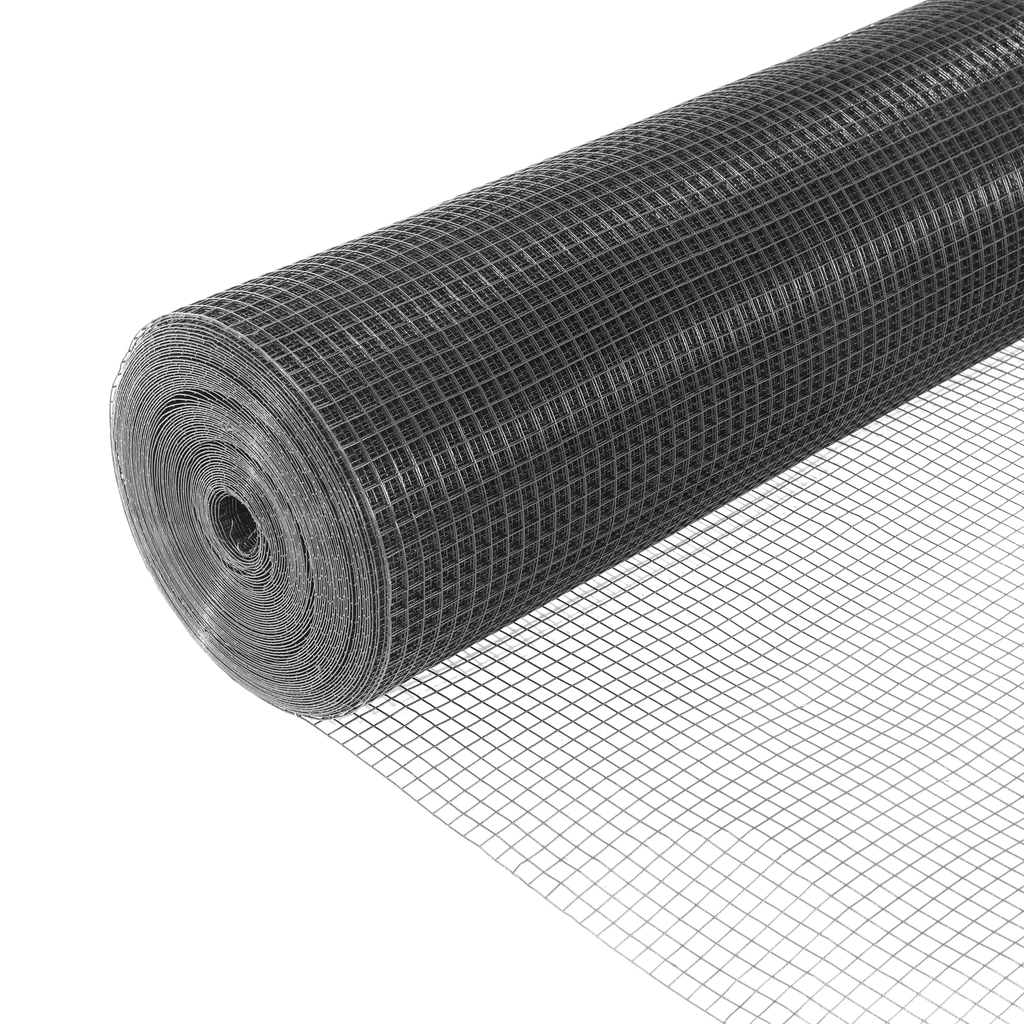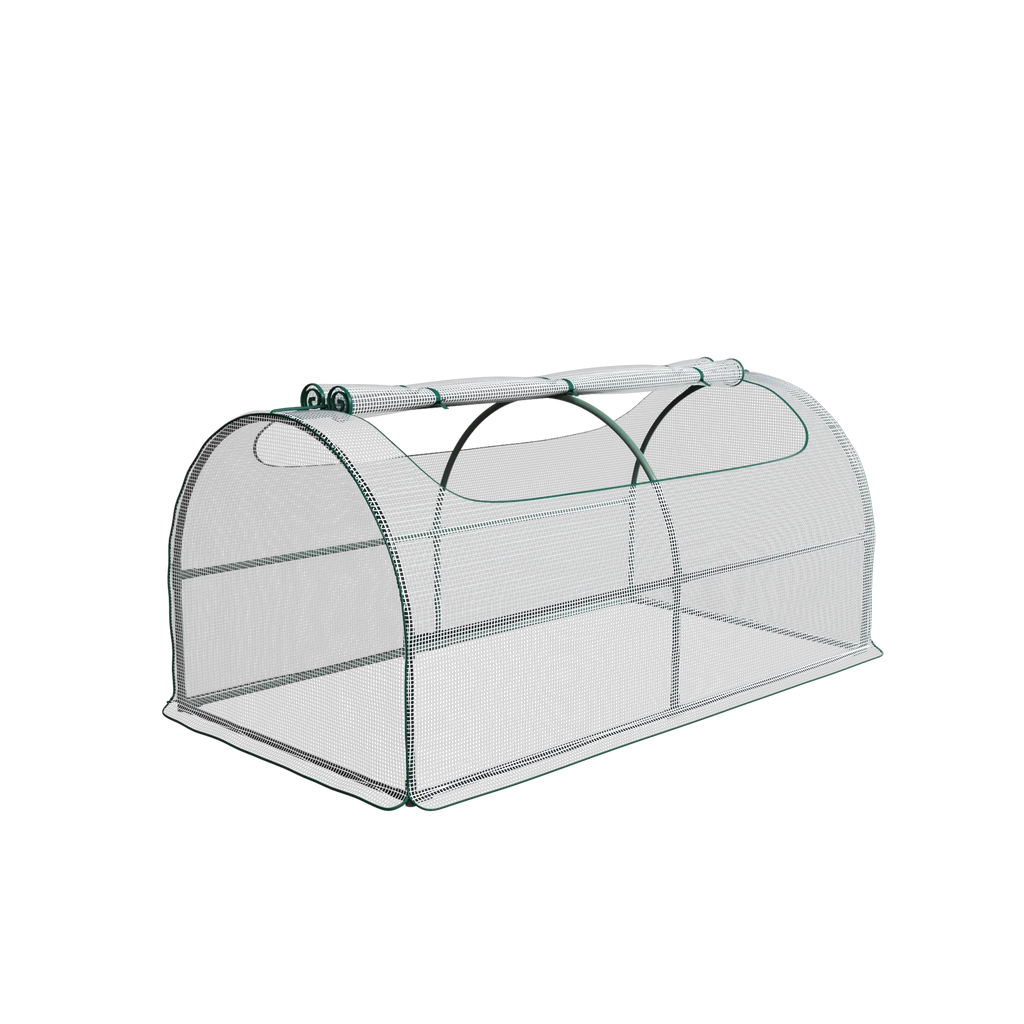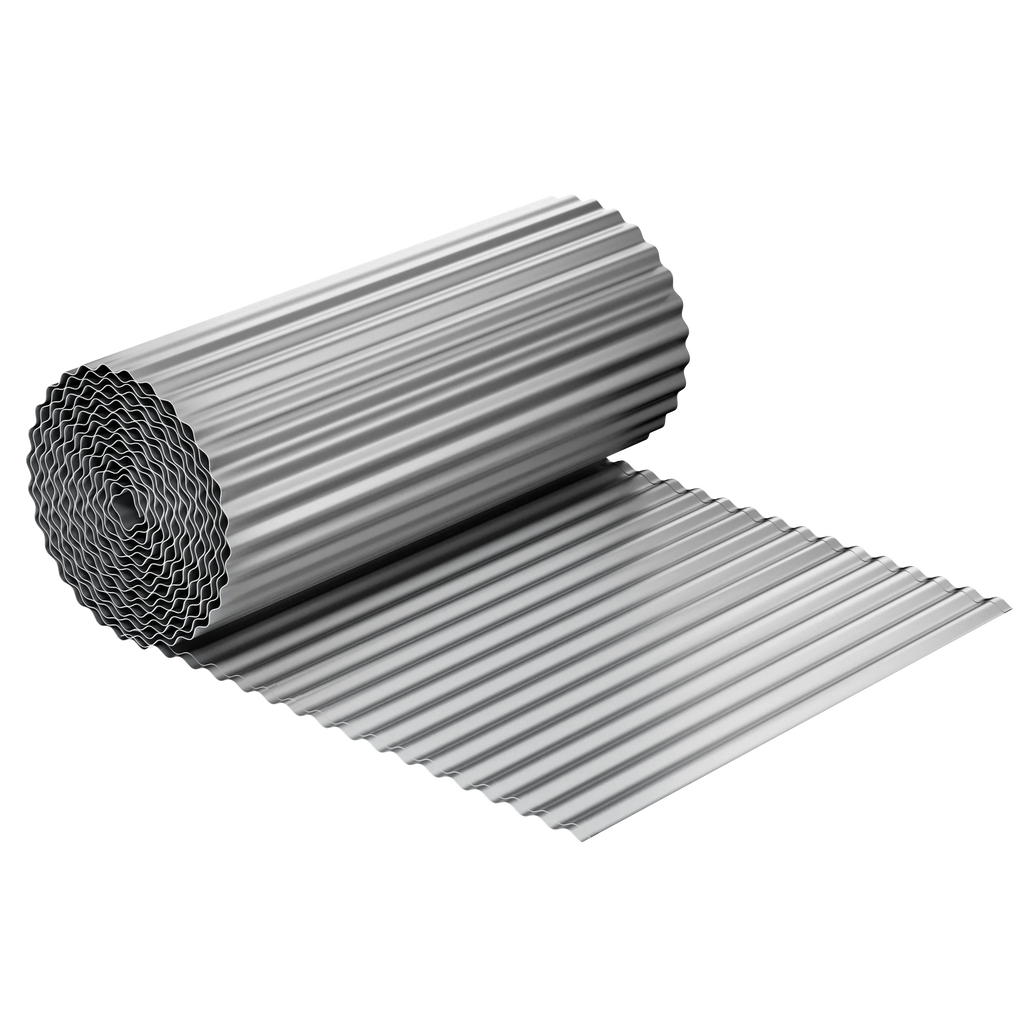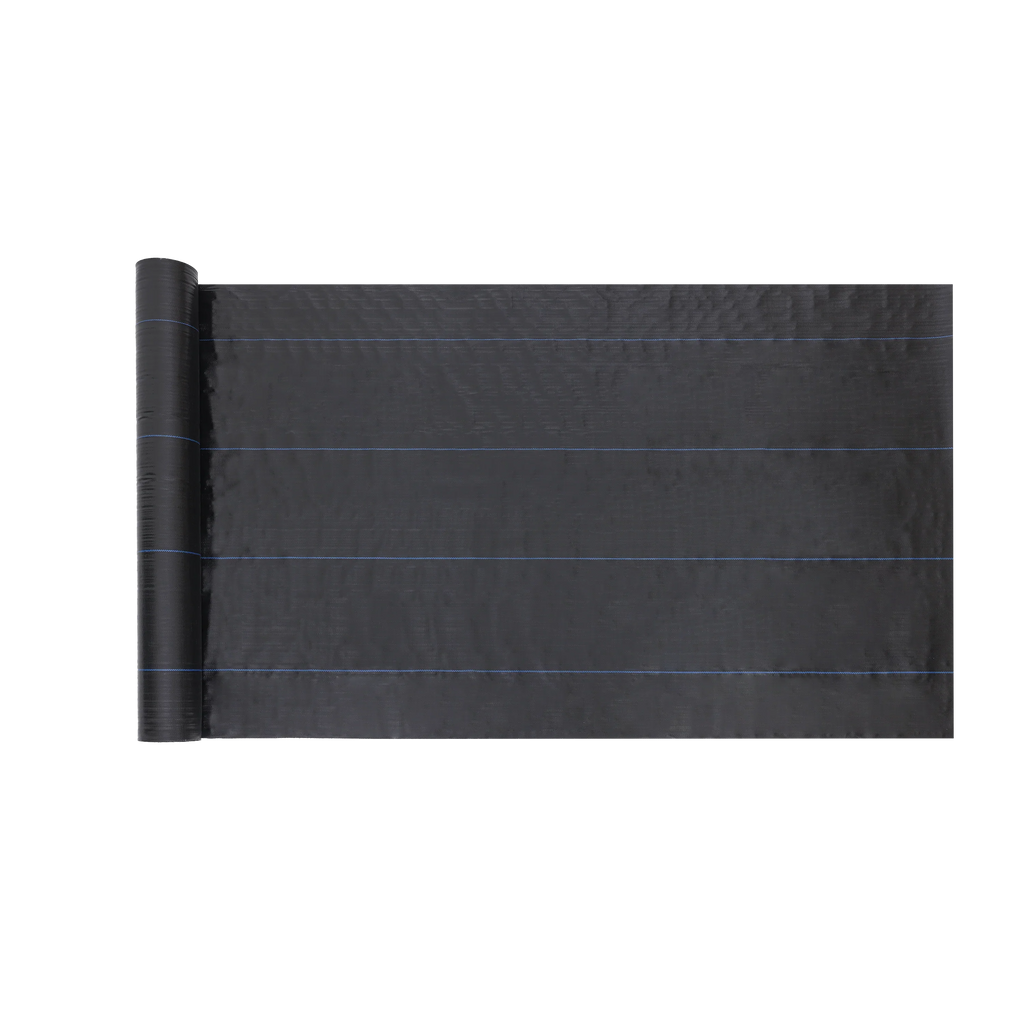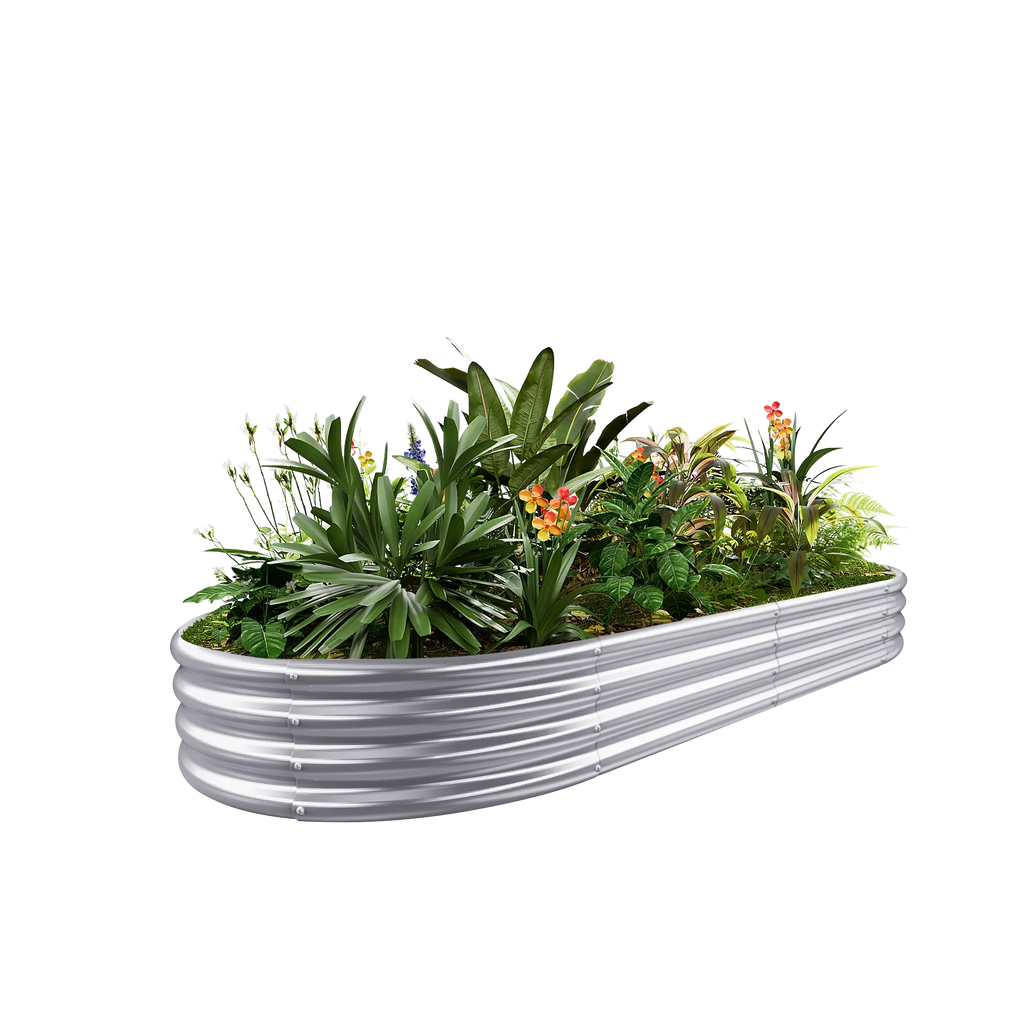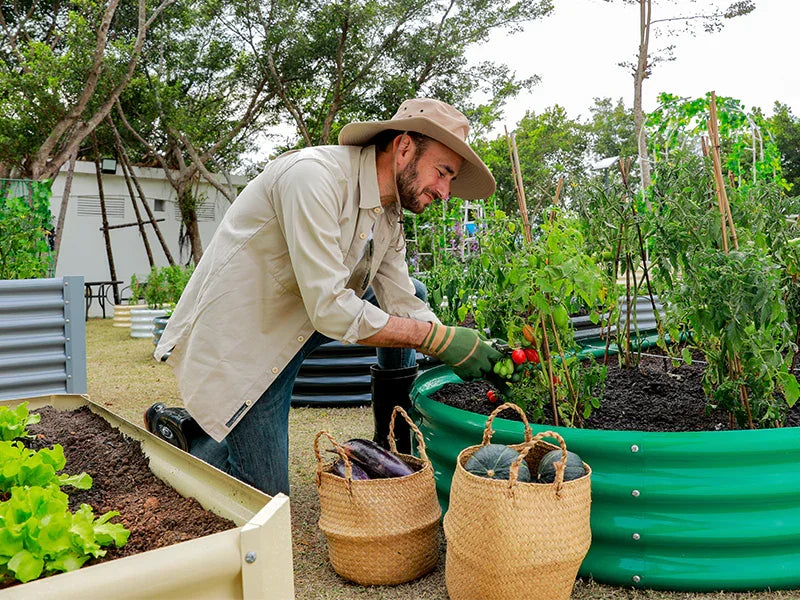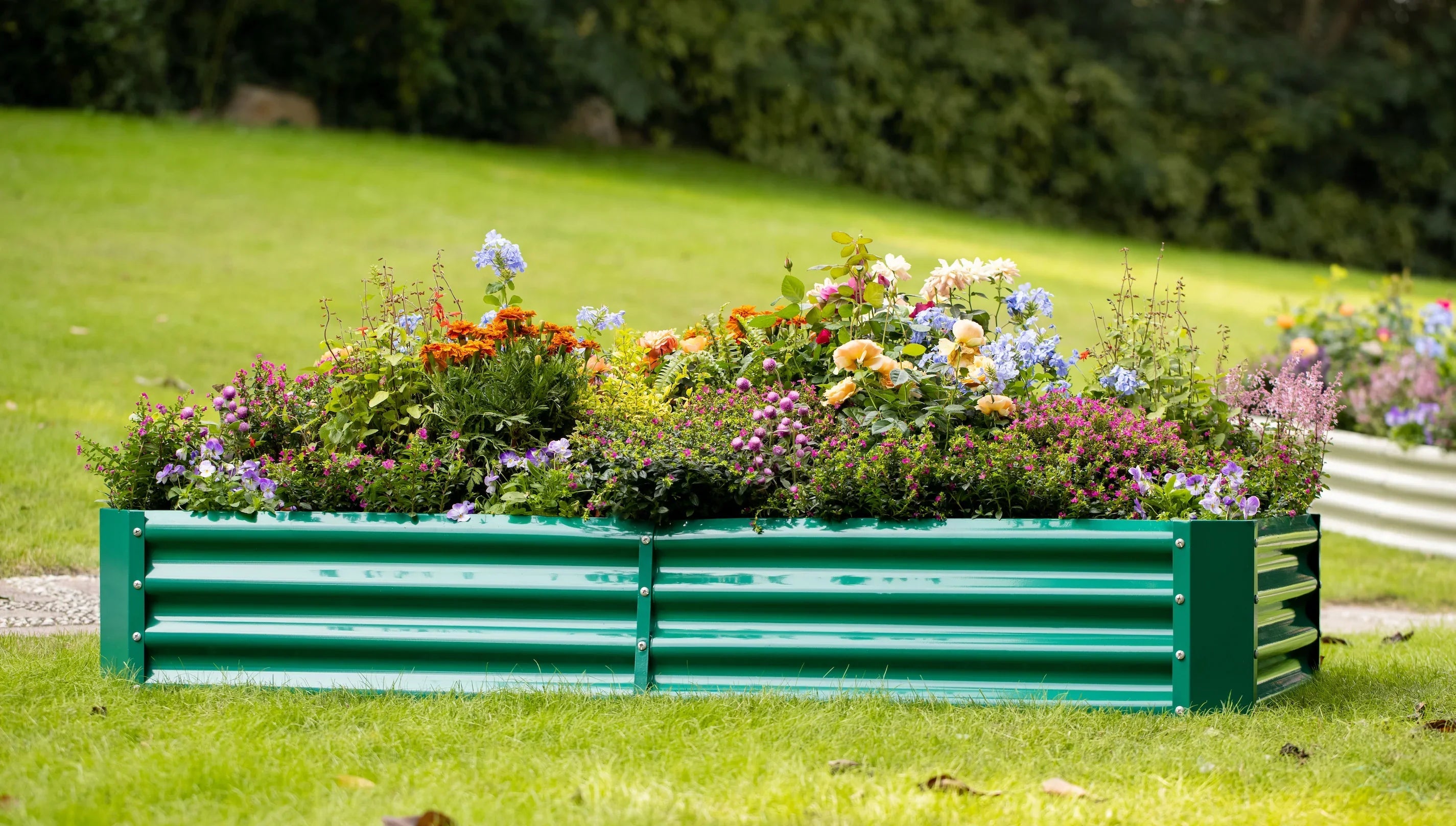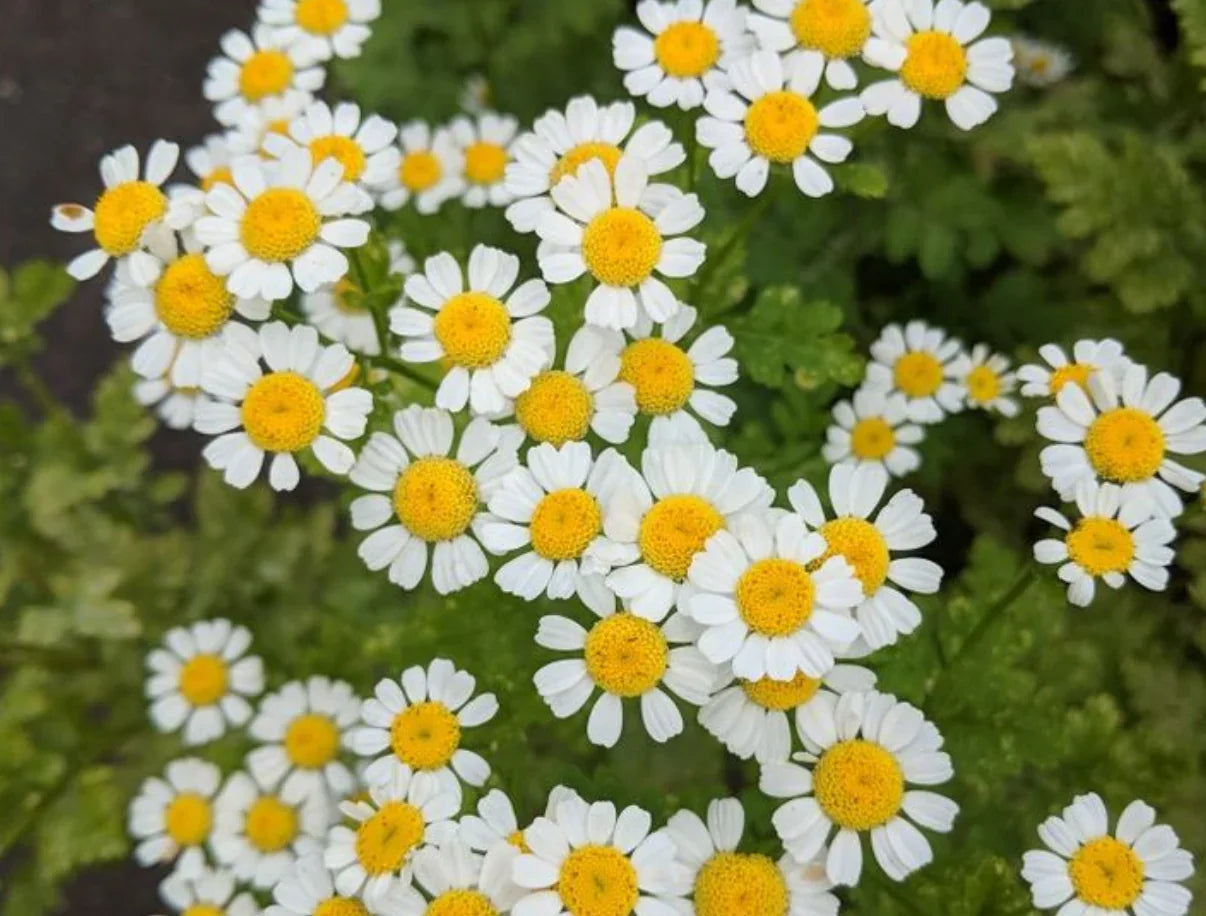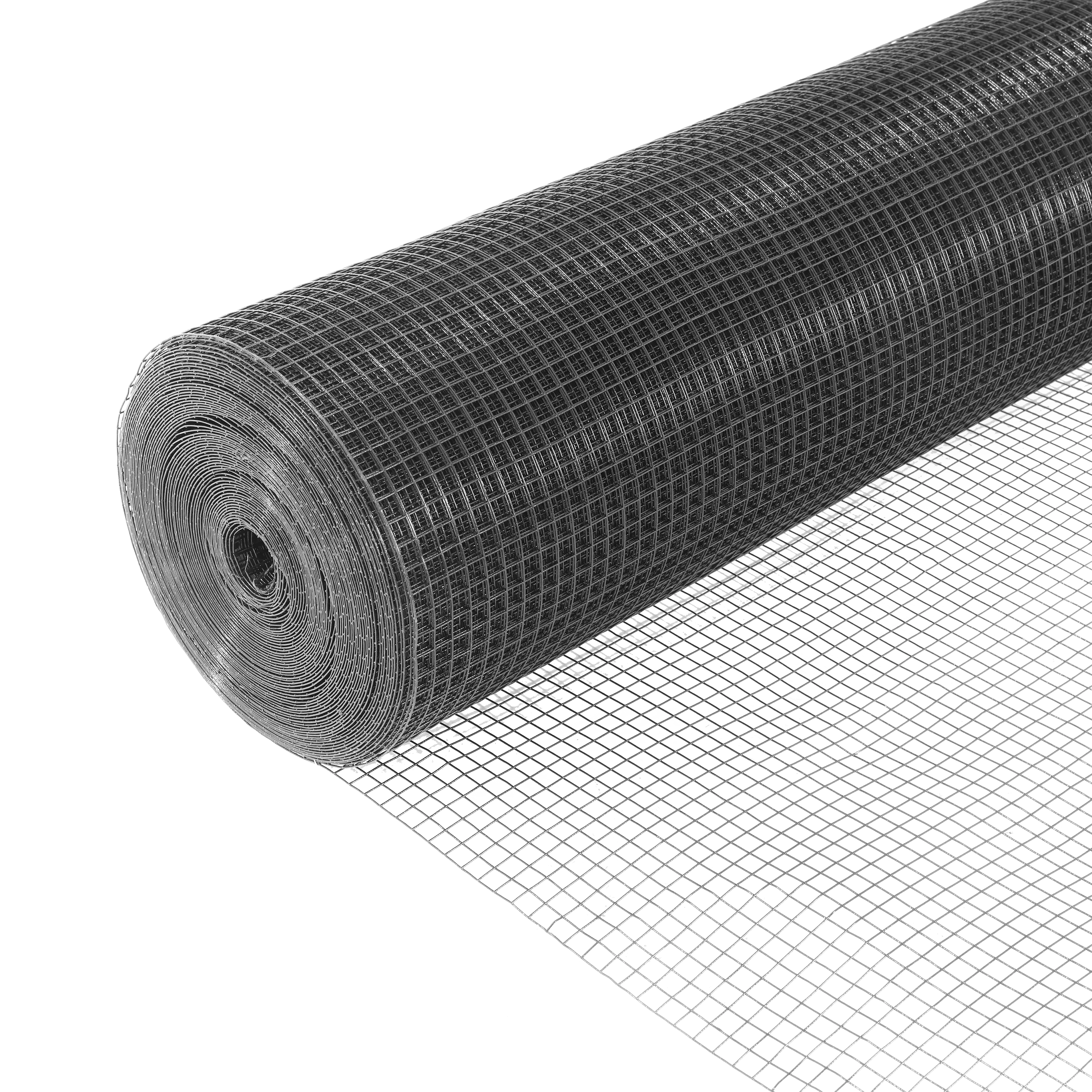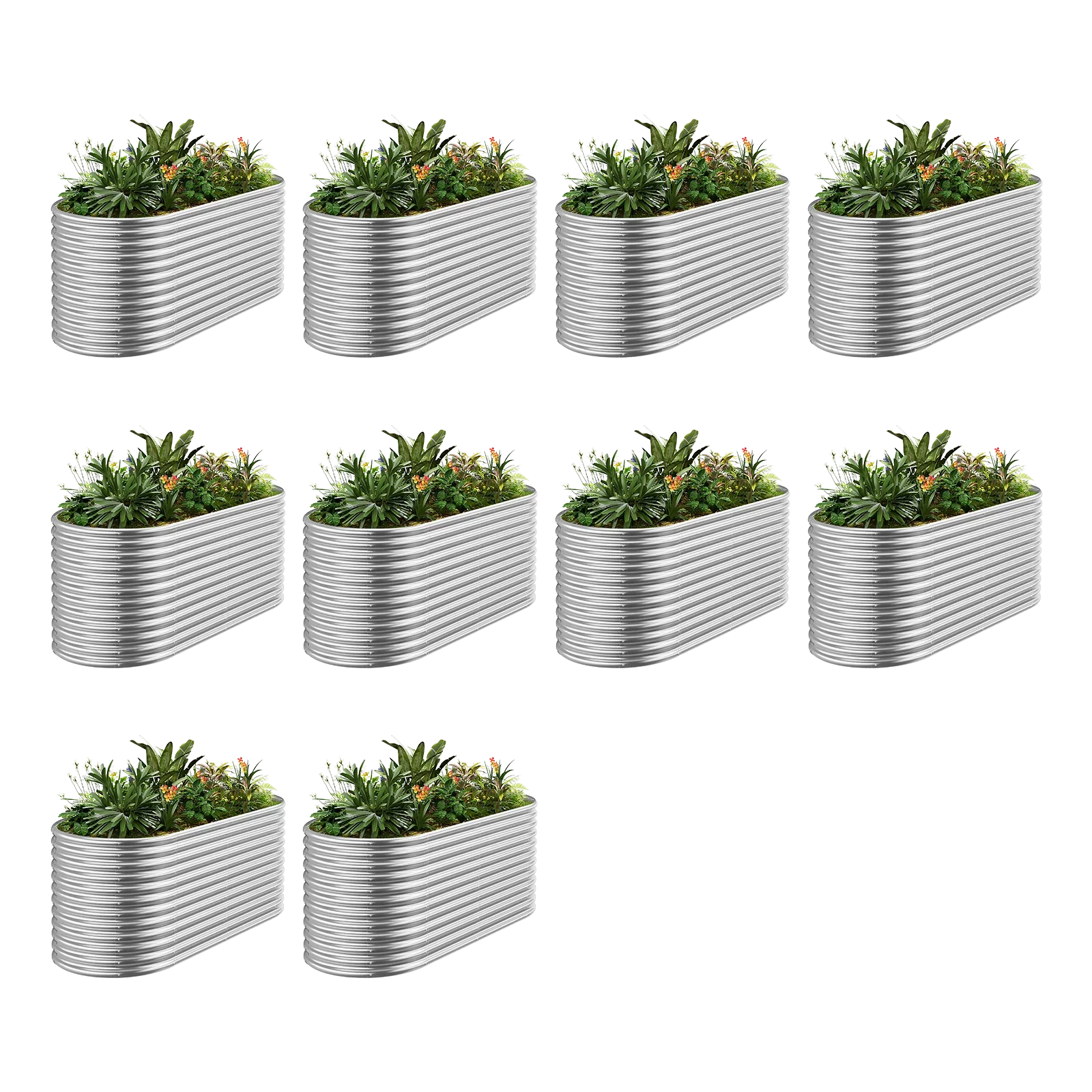Raised garden beds are a gardener’s dream—they’re easy to manage, perfect for small spaces, and can produce an impressive harvest. But when summer heatwaves roll in, these elevated beds face unique challenges. The soil dries out faster, and plants can struggle under intense heat. Don’t let that discourage you, though! With a few practical strategies, you can keep your raised garden bed thriving even on the hottest days. Here’s how to summer-proof your garden and help your plants beat the heat.
Why Raised Beds Need Extra Attention in Summer
Raised garden beds come with plenty of perks: they warm up quickly in spring, drain well, and let you control the soil mix. But these same traits can work against you in summer. Being elevated, the soil is more exposed to sun and air, drying out faster than in-ground gardens. Plus, the sides of the bed can soak up heat and radiate it back into the soil. The good news? A little preparation can turn these challenges into opportunities for a flourishing garden.
Heatwave Survival Tips for Your Raised Bed
1. Water Wisely
Watering is your best weapon against summer heat, but it’s all about timing and technique.
· Deep Watering: Water thoroughly but less often to encourage roots to grow deeper, where they can tap into moisture during dry spells.
· Smart Timing: Water in the early morning or late evening when it’s cooler. This cuts down on evaporation and gets more water to the roots.
· Efficient Tools: Try drip irrigation or soaker hoses—they deliver water right to the soil, reducing waste and keeping foliage dry to avoid disease.
2. Mulch Like a Pro
Mulch is a summer must-have—it’s like sunscreen and a water bottle for your soil.
· Moisture Lock: Spread a 2-3 inch layer of organic mulch, like straw, wood chips, or compost, to hold in moisture and cut back on watering.
· Cool Cover: Mulch shades the soil, keeping it cooler even when the sun’s blazing.
· Weed Fighter: It also helps choke out weeds, so your plants get all the water and nutrients they need.
3. Add Some Shade
When the sun gets brutal, your plants will thank you for a little relief.
· Shade Cloth: A lightweight shade cloth (30-50% density) is perfect—it cuts heat stress while letting enough light through.
· DIY Fixes: No cloth? Use an old sheet, an umbrella, or even tall plants like sunflowers to create natural shade.
· Peak Hours: Focus on shading between 10 a.m. and 4 p.m., when the heat is fiercest.
4. Pick Heat-Loving Plants
Some plants thrive in the heat—choose them to make your life easier.
· Veggies: Go for tomatoes, peppers, eggplant, okra, or sweet potatoes—they’re built for warm weather.
· Herbs: Basil, rosemary, and thyme love the sun and won’t wilt under pressure.
· Flowers: Zinnias, marigolds, and sunflowers add beauty and handle heat like champs.
5. Keep Your Soil Healthy
Strong soil is your secret to a heatwave-proof garden.
· Organic Boost: Mix in compost or aged manure before planting to improve water retention and feed your plants.
· Stay Loose: Avoid compacting the soil—loose soil holds water better and stays cooler.
· Mid-Season Care: Add a thin layer of compost around plants later in summer for an extra nutrient kick.
Wrap It Up
Heatwaves don’t have to derail your raised garden bed. With smart watering, a good layer of mulch, some shade, heat-tolerant plants, and healthy soil, your garden can not only survive but shine through the summer. I learned this the hard way—my first raised bed nearly fried one July, but these tricks turned it around. Give them a try, and enjoy a lush, productive garden no matter how high the temperature climbs!


